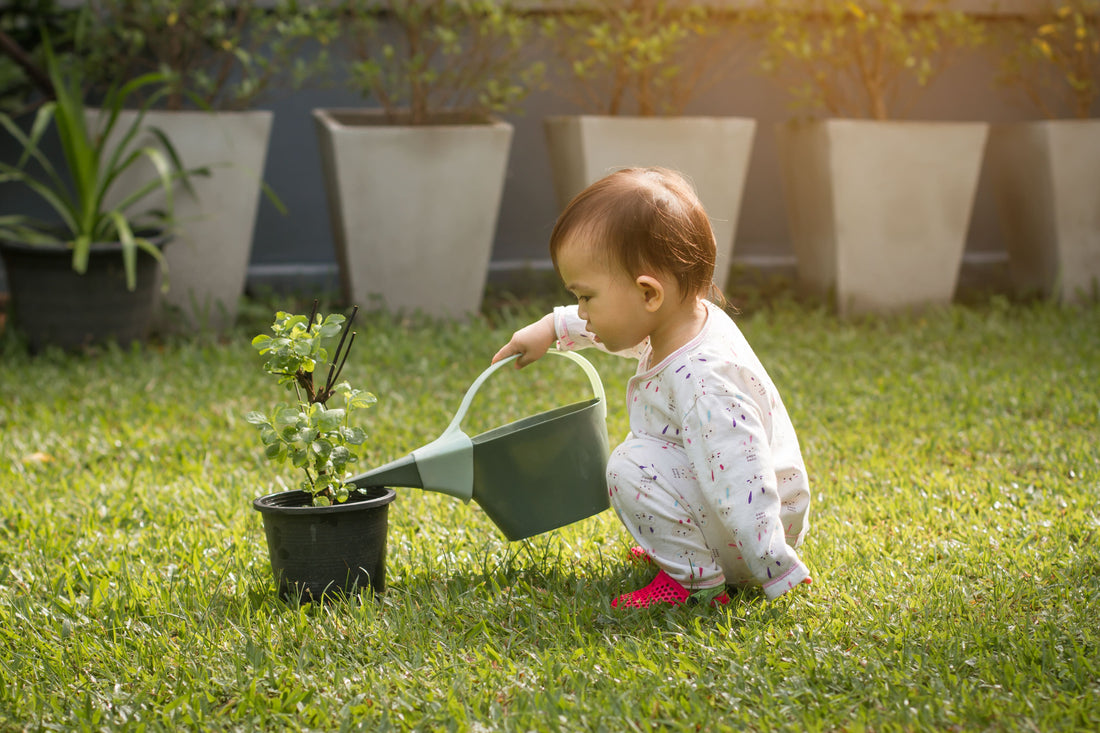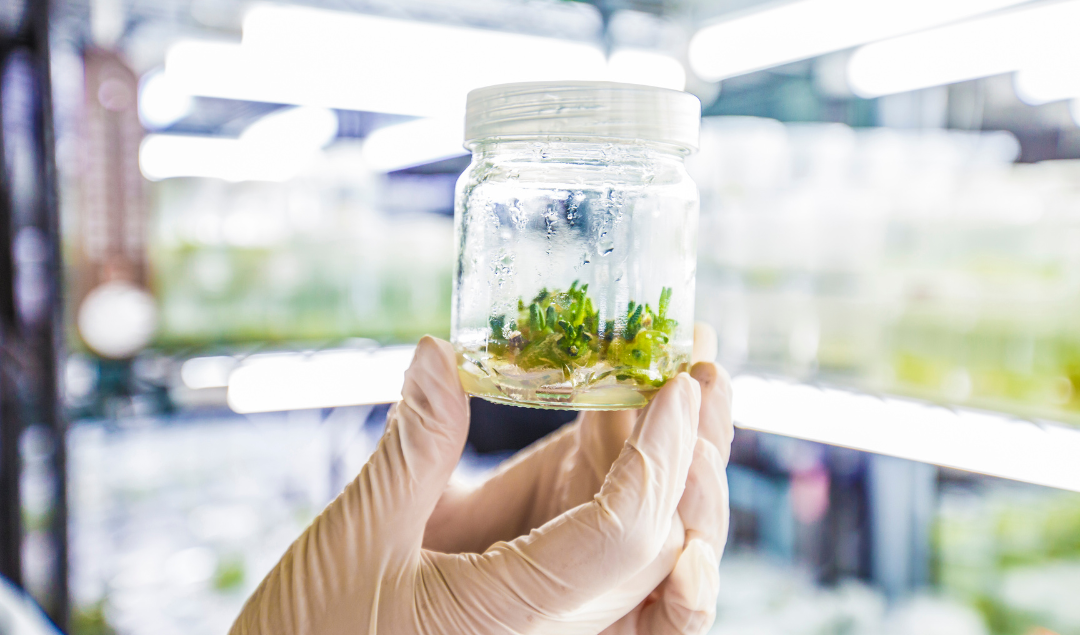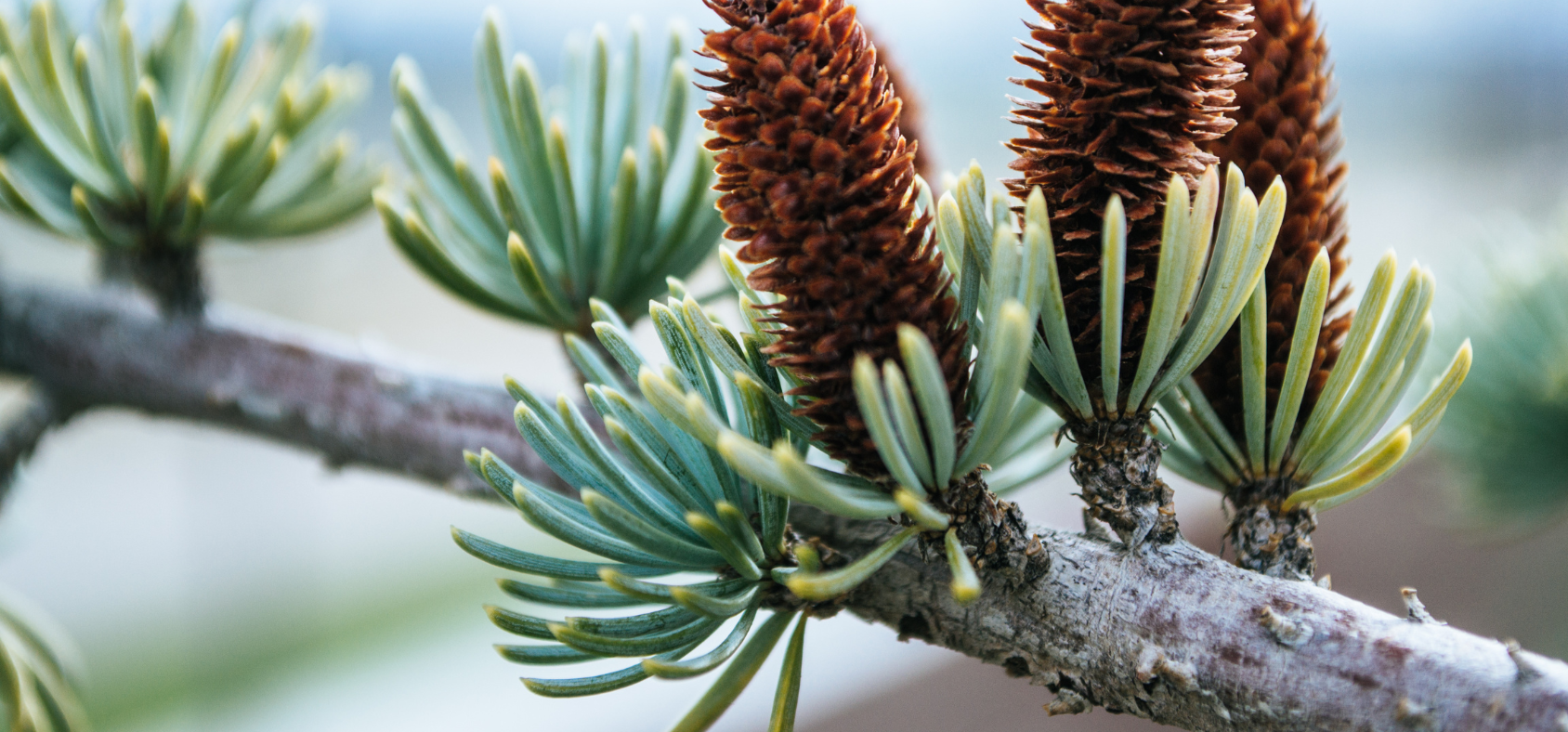
For Beginners: Requirement and Preparation of Growth Media
As a content and community manager, I leverage my expertise in plant biotechnology, passion for tissue culture, and writing skills to create compelling articles, simplifying intricate scientific concepts, and address your inquiries. As a dedicated science communicator, I strive to spark curiosity and foster a love for science in my audience


Growth Media: The Basics
Growth media is a solid, semi-solid, or liquid medium designed to support the growth of plants under artificial conditions. You may also call the growth media culture media or nutrient media. For beginning plant growers without a biology background, there are several problems that can arise before growth. The main problems include: What should be added to the media? How do the components help in the plant’s growth? How to prepare the media? And, how long will the prepared media be stored?
If you are facing these troubling questions, this article is sure to provide the solution to all the mentioned problems. Let’s learn about them!
The components of growth media and their functions
The basic tissue culture media contains MS media, sugar, agar, vitamins, and growth regulators.
Related: How to Make Agar!
1. MS media (Murashige & Skoog)
There are different types of culture media available and used in tissue culture labs including MS media, B5 media, LS media, and White’s media. Among all, MS media is the most commonly used culture media.
MS media is composed of two types of elements called macronutrients and micronutrients. They are required for the growth and development of plants. It also includes a blend of vitamins and amino acids. The culturists have observed great growth response of tissues in MS media during organogenesis, callus culture, micropropagation, and cell suspension.
NOTE: Some species don’t respond in Murashige & Skoog media because of different requirements like low salt concentration, absence of any/some macro or microelements, vitamins, or amino acids, for their growth.
2. Vitamins
A few tissues of plants can’t produce vitamins. Also, naturally, plants are not able to produce vitamins in adequate amounts. For this reason, vitamins need to add to the culture media. They stimulate growth and differentiation in cultured explants or tissues.
Major vitamins added to the tissue culture media include thiamine, nicotinic acid, and pyridoxine. Occasionally some other vitamins are required by plants that include riboflavin, folic acid, pantothenic acid, biotin, ascorbic acid, myoinositol, Para amino benzoic acid, and vitamin E.
3. Growth Regulators
Growth regulators also known as plant growth hormones, induce the growth and development of cells and promote organ formation. They regulate cell division, expansion, and elongation in cultured tissue. Naturally, the plants produce these hormones on their own. But, a few tissues can’t produce these hormones and they require them externally.
Mainly a ratio of auxin and cytokinin is added to the media. In multiplication media, the ratio of cytokinin should be more than auxins as they promote shoot formation. Then, the developed shoots are transferred to a rooting media having a higher concentration of auxins than cytokinins, which induce adventitious root formation in plantlets.
4. Sugar
Naturally grown plants have leaves that do photosynthesis and produce sucrose for the energy requirement of plants. When plants are cultured in an artificial environment, the tissues can not produce sucrose because of the absence of chloroplasts. In this case, sugar needs to be added externally, as an energy source, for their growth and development. If you are starting you can try working with normal sugars in your home that fulfills the same purpose.
5. Agar / Gellan Gum
Plants growing in nature have soil to hold, establish, and grow. In tissue culture, the same purpose is fulfilled by agar or gellan gum. These are solidifying agents and perfect for tissue culture because of their stability and safe nature towards growing tissues. You can use normal food grade agar as well in a concentration of 0.8-1.0% to support your cultures.
These are five basic elements of tissue culture media.
6. Plant Preservative Mixture (PPM)
The presence of sugar in the media makes the cultures sensitive towards infection. To avoid this, you can use PPM in your media. It prevents all kinds of pathogens and microbes from attacking your lovely cultures. It’s autoclavable and requires only 1-2 ml per liter of the media. It’s safe to use PPM for your cultures to save you money, time, and labor. Yeah. it’s that helpful!!
How to prepare the basal growth media?
If you are starting, it’s highly recommended that you go with premix MS media available in the market. It helps you to save time, labor and ensures all components are added in the right quantity. But if you want to prepare the MS media from scratch, here’s the link to the article.You can follow these simple steps to prepare 1 liter MS media to get started with your cultures.
- Take a clean beaker and add 800 ml sterile water to it.
- Add 4 grams of MS media, 30 grams of sugar, 10 grams of agar, and 2 ml of PPM (Plant Preservative Mixture-to avoid any kind of contamination from your cultures).
- Add the remaining 200 ml sterile water to the container to make up 1 liter of the total volume of the media.
- Pour 50 ml into each 8 oz container and place the lids.
- Place all containers in a pressure cooker and sterilize them for 20 minutes at 15 psi.
- After sterilization, remove the containers and keep them for cooling.
- Then, culture your explants in the containers containing media and agar. Soon after carefully culturing your plants, providing proper hormones and culture conditions, and proper acclimatization of plants, you will have your beautiful plants. For acclimatization, first, transfer the plantlets to the greenhouse, and then after a few months when they are developed completely, you can transfer them to the outside environment.
Read this blog to learn more about acclimatization.
Figure: Step-by-step procedure to prepare MS Media.Created by: Anjali Singh
NOTE: Growth regulators are generally added at the multiplication stage of plants. The basic media is enough to induce callus formation in cultured tissues. But, you should follow the specific protocols for the plants you want to culture. You can find protocols for some plants in our articles and YouTube videos.
Where can you find the media components?
Plant Cell Technology (PCT) is a leading company in the tissue culture industry. It’s helping all enthusiasts, hobbyists, culturists, and scientists of all levels with their culturing processes. In the PCT store, you can find the perfect culture containers, MS media, agar or gelatin, and PPM. If you are short-in-budget or just want to try tissue culture at a low scale then you must go for our starter kit. It contains everything you require for tissue culture processes and is cheaper compared to individual products combined!Check out the PCT store here!
Not just this, PCT is offering consultation services for those who need training or help with their tissue culture practices. You can reach out to us at the given email ID for any query.
Until our next article, Happy Culturing!!!

Source: Giphy
Blog Categories
View by Level
Popular Blogs

Media pH: Why It Matters More Than You Think in Plant Tissue Culture
Introduction Plant tissue culture is a cornerstone technique in modern plant biotechnology, enabling the propagation of plants under sterile and...
Read More
Can We Grow Wood in a Lab? The Future of Tissue Culture in Forestry
Introduction Wood has long been a cornerstone of human civilization—used for shelter, tools, paper, energy, and countless everyday items. However,...
Read MoreSubscribe to Our Newsletter








Join the conversation
Your email address will not be published. Required fields are marked